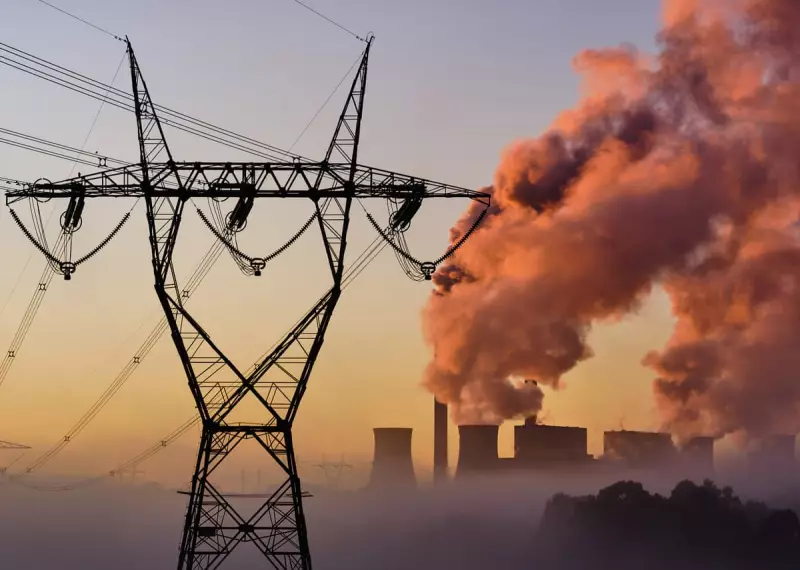
Australia finds itself at an emissions crossroads, with new data revealing a nation moving in two dramatically different directions on climate action. While the electricity sector is undergoing a remarkable green transformation, the transport industry remains stubbornly tied to fossil fuels, creating a significant challenge for the country's climate commitments.
Powering Towards a Greener Future
The latest figures show Australia's electricity sector has achieved what many thought impossible just years ago. A massive rollout of renewable energy infrastructure, particularly solar and wind power, has driven emissions down substantially. Grid-scale renewables now account for nearly 40% of generation in the National Electricity Market, with rooftop solar contributing an additional 11%.
This clean energy revolution has positioned Australia as a world leader in renewable adoption per capita. The transformation has been so rapid that experts now believe the electricity sector could achieve net-zero emissions well ahead of previous projections.
The Roadblock: Transport Emissions
While the power sector celebrates progress, Australia's transport industry tells a different story. Emissions from transport have continued their upward trajectory, now representing the second-largest source of greenhouse gas emissions nationally.
The data reveals several concerning trends:
- Vehicle travel has returned to pre-pandemic levels and continues growing
- Electric vehicle adoption, while increasing, remains below necessary levels
- Freight and aviation emissions are rebounding strongly
- Public transport usage has not recovered to pre-COVID levels
The Policy Challenge
This emissions divide presents policymakers with a complex challenge. The success in electricity demonstrates what coordinated policy and investment can achieve, but transport requires different solutions. Experts point to several necessary measures:
- Accelerated EV infrastructure investment to overcome range anxiety
- Stronger fuel efficiency standards to align with international benchmarks
- Urban planning reforms that reduce car dependency
- Public transport revitalisation to encourage modal shift
- Freight and aviation innovation including sustainable fuels
The Path Forward
Australia's overall emissions have fallen 2.4% year-on-year, largely thanks to the electricity sector's performance. However, the transport sector's continued growth threatens to undermine this progress. Without urgent action, transport could become Australia's largest emissions source within years.
The contrast between these two sectors serves as both inspiration and warning. It demonstrates that rapid decarbonisation is possible with the right policies and investment, but also highlights how progress in one area can be negated by stagnation in another.
As Australia continues its journey toward net-zero emissions by 2050, addressing the transport challenge will be crucial. The solutions exist, but require the same level of commitment and coordination that transformed the electricity sector.





